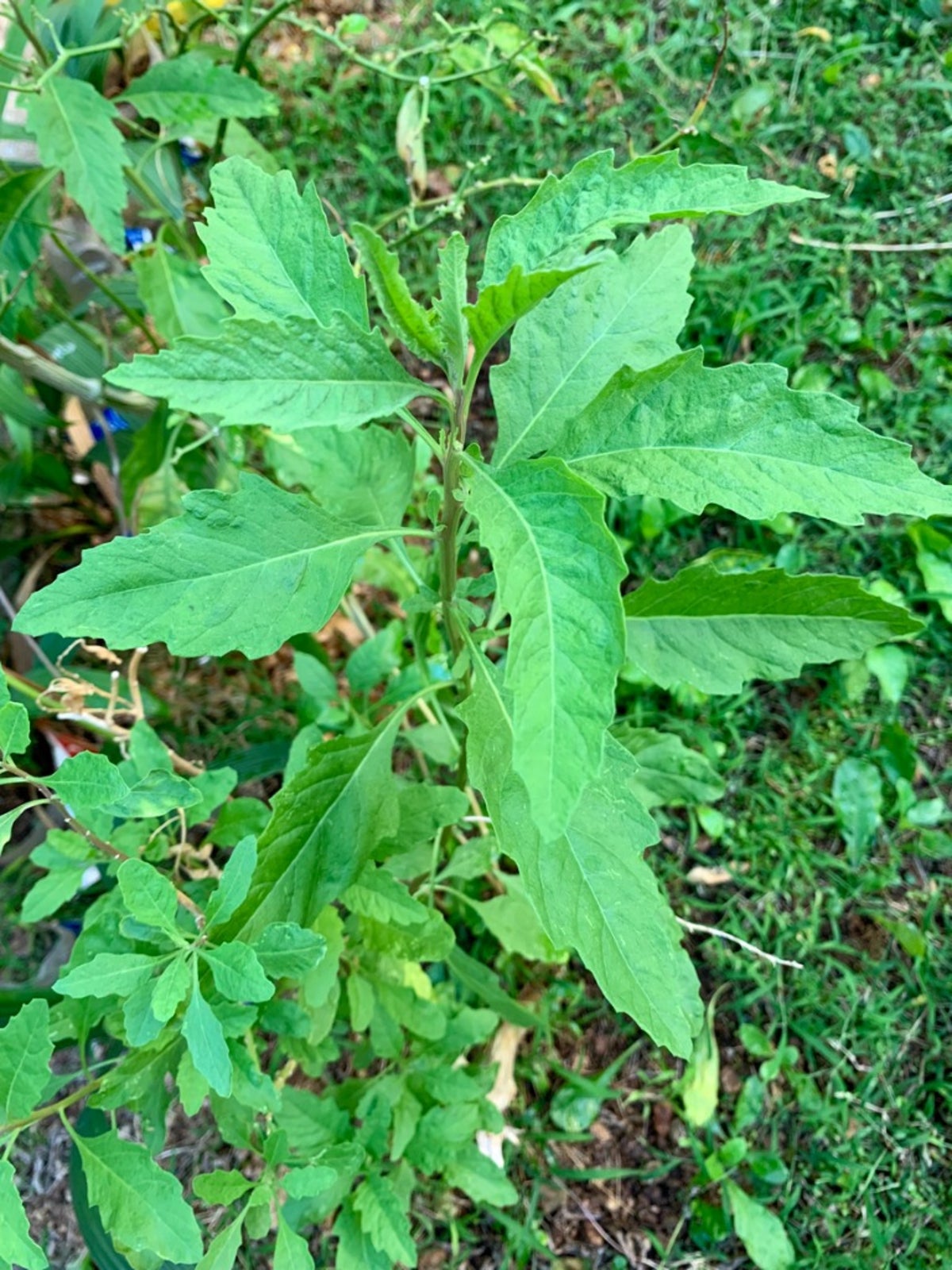What Is Epazote: Growing Information And Tips For Epazote Uses

If you're looking for a little something different to add some zip to your favorite Mexican dishes, then epazote herb growing may be just what you need. Keep reading to learn more about epazote uses for your herb garden palette.
What is Epazote?
Epazote (Dysphania ambrosioides, formerly Chenopodium ambrosioides), is an herb in the Chenopodium family, along with lambsquarters and pigweeds. Although often thought of as a weed, epazote plants actually have a long history of both culinary and medicinal use. This adaptable plant is native to tropical Americas and is commonly found throughout Texas and the southwestern United States. Common names include paico macho, hierba homigero, and yerba de Santa Maria. The plant is drought resistant and grows to 3 feet (1 m.) high at maturity. It has soft leaves that are notched and small flowers that are hard to see. Epazote can usually be smelled before it is seen, as it has a very pungent odor. In large doses, the flowers and seeds are poisonous and may cause nausea, convulsions, and even coma.
Epazote Uses
Epazote plants were brought to Europe from Mexico in the 17th century where they were used in a number of medicines. The Aztecs used the herb as both a culinary and medicinal herb. Epazote herbs contain anti-gas properties that are thought to reduce flatulence. Also known as wormseed, this herb is often added to animal food and is thought to prevent worms in livestock. Southwest dishes commonly use epazote plants to flavor black beans, soups, quesadillas, potatoes, enchiladas, tamales, and eggs. It has a distinct flavor that some even call a cross between pepper and mint. Young leaves have a mild flavor.
How to Grow Epazote
Epazote herb growing is not difficult. This plant is not picky about soil conditions but does prefer full sun. It is hardy in USDA plant hardiness zone 6 to 11. Plant seeds or seedlings in the early spring once the ground can be worked. In warm areas, epazote is a perennial. Due to its invasive nature, however, it is best grown in containers.
Sign up for the Gardening Know How newsletter today and receive a free copy of our e-book "How to Grow Delicious Tomatoes".